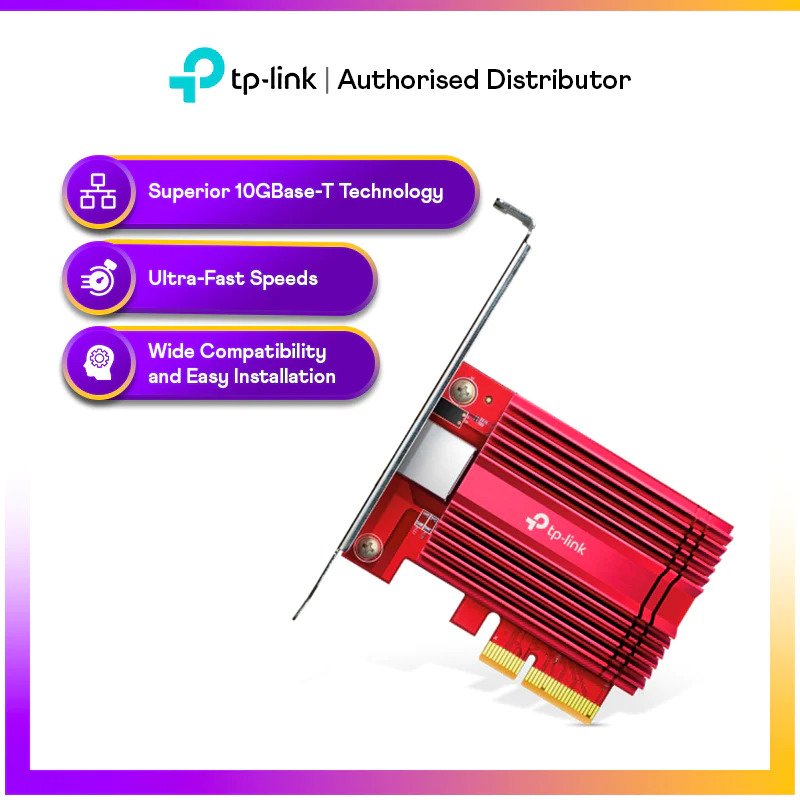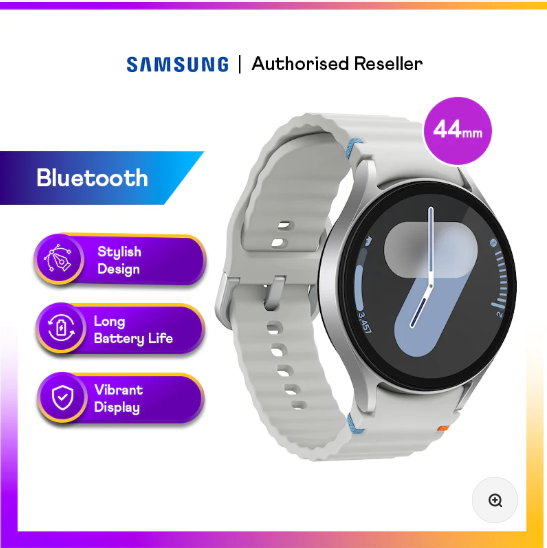- MyRepublic Mobile
Mobile network providers in Singapore are launching 5G plans that mention ‘NSA’ or ‘SA’, but what exactly do these terms mean?
The fifth generation of cellular mobile networking (‘5G’) is far more advanced and has a multitude of capabilities when compared to previous generations of wireless technology. Numerous mobile network operators in Singapore and across the globe are deploying 5G services, especially with how quickly consumers and enterprises are adopting data-hungry applications.
In the first quarter of 2021, the average mobile network user in Singapore consumed roughly 12.7GB of data per month. Much of this heavy usage can be attributed to 4K live-streaming, online gaming, and entertainment platforms such as Netflix. The high average monthly data consumed can also be pinpointed to the greater use of IoT in the business world: it is common for managers and executives to use data-intensive applications on a mobile network to get work done while on the go.
In planning 5G strategy, mobile network operators need to consider whether they will be using non-standalone 5G (NSA) or standalone 5G (SA) networks. There are some advantages and disadvantages that need to be considered for both operators and consumers.
There are three main categories in which 5G will change the world: enhanced mobile broadband, the internet of things (IoT), and ultra-reliable and low-latency communications (URLLC). NSA 5G and SA are both compelling upgrades when compared to 4G, but each route of deployment has its own pros and cons. In this article, we are going to be exploring the differences between these two routes to deploying 5G and what it means for users.

Non-standalone 5G Networks
NSA 5G is the mode of launching a 5G network while utilising existing infrastructure currently used for 4G services. Since NSA networks primarily use older technologies, there will inevitably be issues with the scalability of 5G and the quality of the end-user experience. NSA 5G networks provide improved mobile broadband speed and performance compared to 4G; however, performance is slower than that of a SA network. Most notably, NSA lacks support for the more advanced uses of 5G, such as connecting devices or machinery using IoT on a wide scale in smart cities. NSA networks also fail to fully support ultra-reliable and low-latency communications innovations such as self-driving vehicles, which are dependent on lightning-fast communication between machinery and network.
One of the main benefits of non-standalone networks is that they are cheaper and quicker to deploy for telcos. In the short run, this method of launching may be sufficient to meet the needs of the market and consumers within it at this point in time. However, as technology progresses and requires quicker and more efficient networks, the NSA network may prove to be less than satisfactory. When the time is right, the NSA network can be used as a bridge to a fully-fledged SA network, so investing may not necessarily be a poor long-term decision.
Standalone 5G Networks
A standalone (SA) 5G network is launched using newly developed 5G infrastructure. More specifically, it pairs 5G radios with a cloud-based 5G core network. On top of sheer speed and efficiency, the 5G core is designed in a way that unlocks 5G’s full potential. SA 5G networks are sliceable, allowing operators to divide the network into virtual pieces that are tailor-made to meet the needs of consumers and businesses. For example, a network can be sliced to prioritise fast mobile broadband for consumers or reliable low latency for more mission-critical uses such as in the medical field.
While NSA 5G is a quick and accessible way to deploy 5G over existing 4G infrastructure, it only delivers a fraction of the full potential of 5G. On the other hand, SA 5G is the real deal, requiring a completely new base of technology to be developed. It’s a network built to meet the requirements of future technologies that need next-level speed, ultra-low latency, unrivaled reliability, and higher network capacities. Self-driving cars, smart cities that have millions of gadgets working in harmony through the Internet of Things; SA 5G is where the magic happens for the next generation of innovation.
High-speed Internet Access via Mobile Networks
Available On: NSA 5G & SA 5G Networks
5G offers download rates that are significantly faster than speeds offered by 4G – a frequently mentioned strength of 5G. The peak data rates for 5G, according to Qualcomm, will reach up to 20Gbps. Users can anticipate seeing never-before-seen speeds when downloading and uploading data to and from the internet. The faster speeds provided by 5G will undoubtedly improve your online experience, whether you’re mostly downloading entertainment or working while on the go.
Apart from raw speed, 5G mobile broadband has lower latency. This enables instantaneous communications, allowing millions of mobile devices to relay to each other at speeds hundreds of times faster than the blink of an eye. Consumers who mainly enjoy live video streaming and online games will feel this positive impact the most.

Smart Cities through the Internet of Things (IoT)
Available On: Only SA 5G Networks
5G brings the capacity and networking that smart cities require in order to connect sensors and machines together through the IoT. There are already cities across the globe that are utilising 5G innovation to improve the quality of life for citizens. For instance, urban activities such as traffic monitoring, garbage disposal, and energy management are being tracked through the use of the IoT. 5G acts as the bridge that links smart sensors and machinery to the IoT, and it does a great job at it by making communication and data transfers near-instant.
In the future, there are multiple ways that we can utilise 5G and the IoT to actualise our visions of what a smart city can be. One way in which the combination of the two technologies can improve the quality of life in smart cities is by managing the maintenance of public amenities. Real-time information and automation can be employed to streamline these maintenance processes, resulting in quicker response times and more reliable services.
Another example would be the implementation of smart sensors to track crowd levels across different areas of a city. The real-time information transmitted with the help of 5G will not only accurately detect the number of people in a location but can also aid artificial intelligence in predicting crowd movement – enhancing both safety and quality of living.

Ultra-Reliable and Low Latency Communication Applications
Available On: Only SA 5G Networks
An extremely popular use case for URLLC is autonomous vehicles, although there are plenty of other uses that also require quick, constant wireless connectivity. Imagine the possibility of remote surgery and telemedicine solely relying on machinery and advanced equipment; it’s truly exciting stuff. Industries will be able to advance and evolve to become more productive and cost-effective with 5G.
Consumers will also stand to benefit from URLLC applications. Tactile internet applications involve interactions between a machine and a human that are measured in as little as a couple of thousandths of a second. This can usher in a new online retail experience for consumers, who will be able to interact with virtual models of products or garments. Tactile internet applications also have the power to transform the tourism industry by making VR/AR virtual tours an alternative for those of us who are unable to travel very often.
These are just some of the uses of URLLC. The technology is made possible by the rapid network speeds and low latency offered by 5G – it unlocks a new potential ceiling for almost every industry in terms of quality, productivity, and performance. Ultimately, consumers are to gain the most from URLLC applications.
A New World with 5G
If there’s anything to take away from this article, it’s that 5G is the way forward. Both NSA and SA networks have their benefits and obstacles. However, SA 5G is simply the better option in the long run due to its unmatched capabilities and scalability – consumers stand to gain the most from SA networks in the long run. We’re entering a new phase of smart living, and standalone 5G enables consumers to harness the most from technology.
MyRepublic is proud to announce the launch of 5G plans on standalone networks. Explore our offerings and find a plan that suits your needs today!



















